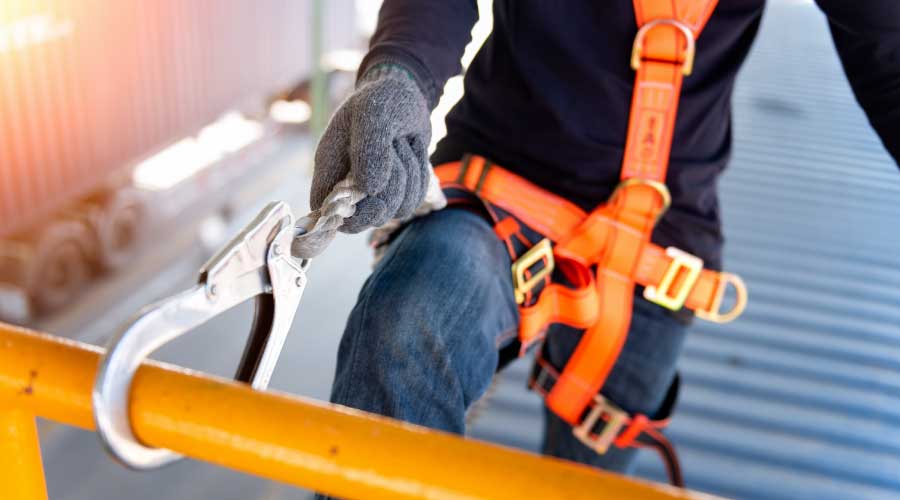Winterizing The Roof: Best Practices
The winter of 2013-2014 was one of the harshest in the past 100 years. Most regions of the United States experienced record cold spells and — in northern climates — record snowfall. As we reach the end of summer we are still feeling the effects of this past winter through on-going repairs to roofs. The extreme temperatures and excessive snow have created havoc for roof systems — particularly the older bitumen-based systems. Because another winter is fast approaching, now is the ideal time for facility managers to implement best practices for winterizing the roof.
Regardless of the time of year, all facilities need a well-maintained roof system to ensure the building is protected from rain or snow leaking into the facility or, worse yet, having an entire section of the roof collapse. A best practice is to eliminate potential issues by identifying and correcting defects prior to the winter months. To do this, facility managers and maintenance personnel should conduct a thorough inspection of the roof to determine the current condition and to fix potential problems before they cause major damage.
Two Annual Inspections
Most industry experts recommend that roof inspections be completed in the fall — to prepare for winter weather — and in the spring — to identify and correct defects created by winter weather. The inspection should identify the problems at their initial stages. Verification is also essential to extend the service life of the roof system: If the defects are not correctly identified or properly repaired (or not repaired at all) they can contribute to roof failure.
Irrespective of the membrane covering, all roof systems are comprised of similar components. The materials for the components are the only variations. The roof system components are:
- Structural deck (substrate)
- Insulation
- Membrane
- Surfacing
- Flashings
- Metal terminations
All of these components synchronize into one functional system. Each component has its own failure modes, and although failure of one component may not lead to failure of the entire system, each component must be inspected. It is imperative that the inspector pay close attention to each component and that all of the identified defects be immediately corrected.
Related Topics:













